Viet Bach Nguyen
Predicting COVID-19 pandemic by spatio-temporal graph neural networks: A New Zealand's study
May 12, 2023
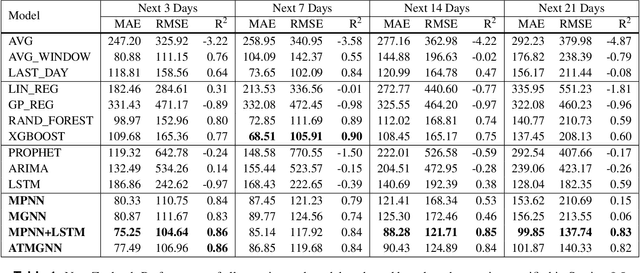
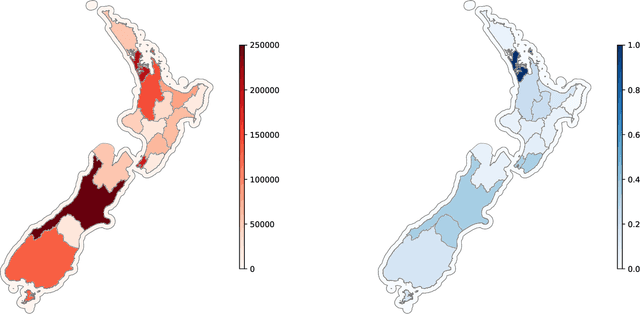
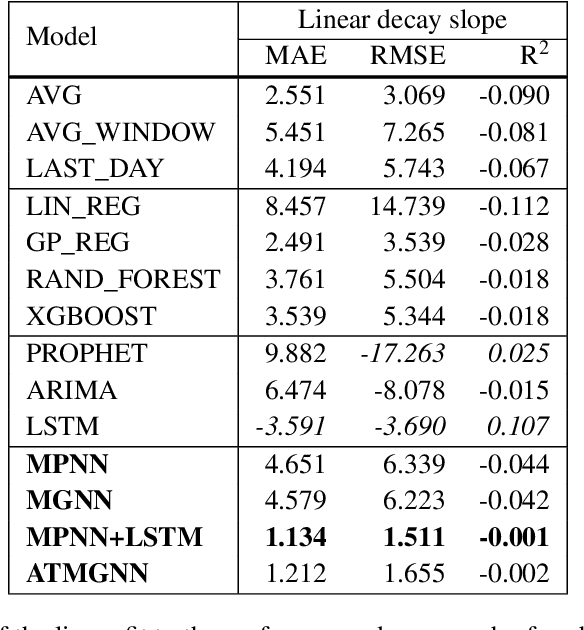
Abstract:Modeling and simulations of pandemic dynamics play an essential role in understanding and addressing the spreading of highly infectious diseases such as COVID-19. In this work, we propose a novel deep learning architecture named Attention-based Multiresolution Graph Neural Networks (ATMGNN) that learns to combine the spatial graph information, i.e. geographical data, with the temporal information, i.e. timeseries data of number of COVID-19 cases, to predict the future dynamics of the pandemic. The key innovation is that our method can capture the multiscale structures of the spatial graph via a learning to cluster algorithm in a data-driven manner. This allows our architecture to learn to pick up either local or global signals of a pandemic, and model both the long-range spatial and temporal dependencies. Importantly, we collected and assembled a new dataset for New Zealand. We established a comprehensive benchmark of statistical methods, temporal architectures, graph neural networks along with our spatio-temporal model. We also incorporated socioeconomic cross-sectional data to further enhance our prediction. Our proposed model have shown highly robust predictions and outperformed all other baselines in various metrics for our new dataset of New Zealand along with existing datasets of England, France, Italy and Spain. For a future work, we plan to extend our work for real-time prediction and global scale. Our data and source code are publicly available at https://github.com/HySonLab/pandemic_tgnn
Temporal Multiresolution Graph Neural Networks For Epidemic Prediction
Jun 01, 2022



Abstract:In this paper, we introduce Temporal Multiresolution Graph Neural Networks (TMGNN), the first architecture that both learns to construct the multiscale and multiresolution graph structures and incorporates the time-series signals to capture the temporal changes of the dynamic graphs. We have applied our proposed model to the task of predicting future spreading of epidemic and pandemic based on the historical time-series data collected from the actual COVID-19 pandemic and chickenpox epidemic in several European countries, and have obtained competitive results in comparison to other previous state-of-the-art temporal architectures and graph learning algorithms. We have shown that capturing the multiscale and multiresolution structures of graphs is important to extract either local or global information that play a critical role in understanding the dynamic of a global pandemic such as COVID-19 which started from a local city and spread to the whole world. Our work brings a promising research direction in forecasting and mitigating future epidemics and pandemics.
Knowledge Graphs Evolution and Preservation -- A Technical Report from ISWS 2019
Dec 22, 2020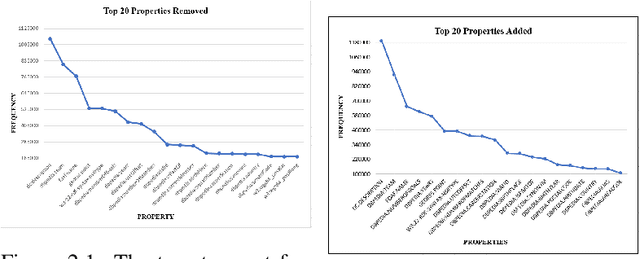
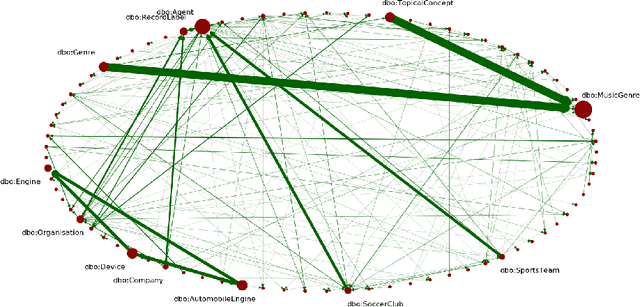
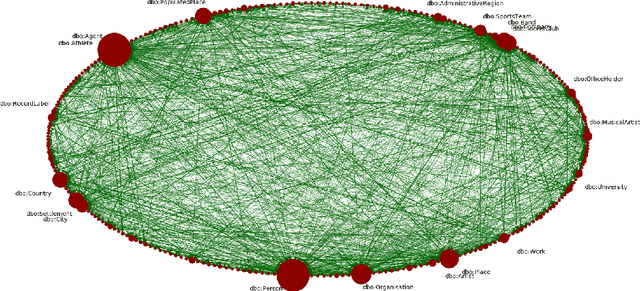
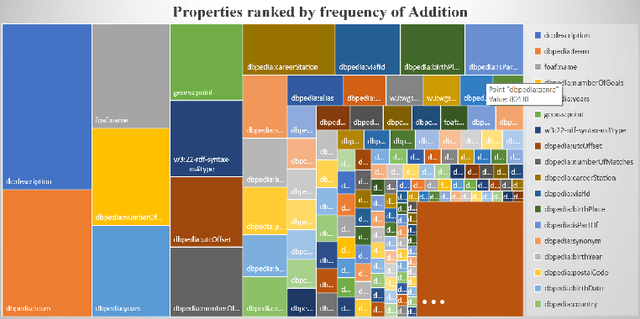
Abstract:One of the grand challenges discussed during the Dagstuhl Seminar "Knowledge Graphs: New Directions for Knowledge Representation on the Semantic Web" and described in its report is that of a: "Public FAIR Knowledge Graph of Everything: We increasingly see the creation of knowledge graphs that capture information about the entirety of a class of entities. [...] This grand challenge extends this further by asking if we can create a knowledge graph of "everything" ranging from common sense concepts to location based entities. This knowledge graph should be "open to the public" in a FAIR manner democratizing this mass amount of knowledge." Although linked open data (LOD) is one knowledge graph, it is the closest realisation (and probably the only one) to a public FAIR Knowledge Graph (KG) of everything. Surely, LOD provides a unique testbed for experimenting and evaluating research hypotheses on open and FAIR KG. One of the most neglected FAIR issues about KGs is their ongoing evolution and long term preservation. We want to investigate this problem, that is to understand what preserving and supporting the evolution of KGs means and how these problems can be addressed. Clearly, the problem can be approached from different perspectives and may require the development of different approaches, including new theories, ontologies, metrics, strategies, procedures, etc. This document reports a collaborative effort performed by 9 teams of students, each guided by a senior researcher as their mentor, attending the International Semantic Web Research School (ISWS 2019). Each team provides a different perspective to the problem of knowledge graph evolution substantiated by a set of research questions as the main subject of their investigation. In addition, they provide their working definition for KG preservation and evolution.
 Add to Chrome
Add to Chrome Add to Firefox
Add to Firefox Add to Edge
Add to Edge